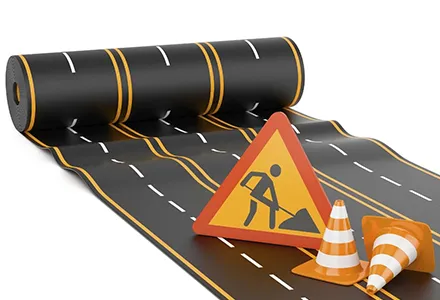The
‘Road safety barriers are designed and tested according to the maximum weight of vehicles circulating on Europe’s roads. The current European Norm (EN 1317) allows for the testing of barriers considering the impact of vehicles up to a maximum of 38tonnes. We are concerned that, should heavier vehicles be allowed to circulate more widely on Europe’s roads, this may have serious implications on the ability of road barriers to protect drivers from their own human mistakes’ explains Christophe Nicodème, Director General of the ERF.
'We do not have an ideological opposition to heavier vehicles', explained Konstandinos Diamandouros, Head of Office of Office at ERF and responsible for the area of road restraint systems. ‘We simply believe that the introduction of heavier vehicles on selected routes should be accompanied by the necessary adaptations to the road infrastructure and this of course includes safety barriers.’
The IAM has repeated its calls for improvements to guardrail used along most British roads. It points out that these are designed to protect motorists inside trucks, cars or buses. For motorcyclists the barriers themselves pose a safety hazard, as a fallen rider can impact with the support posts causing serious injury or death. Technology does exist to deal with the issue such as fitting additional barrier sections or impact cushions, but these are not widely used across Europe and are only required as yet in Spain.









